Breath Awareness for Young Children
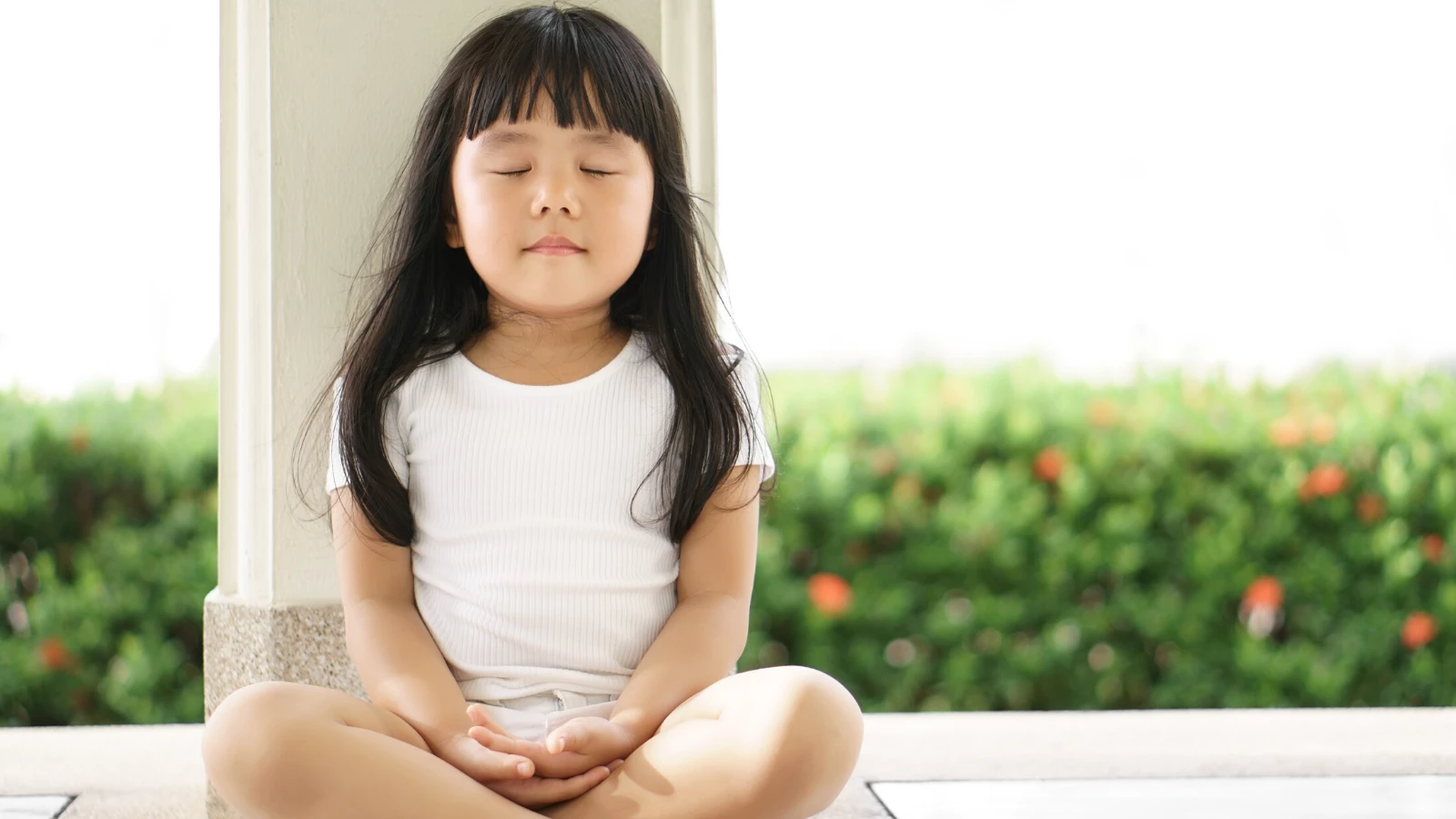
Invariably, all children will encounter some level of stressors. While they should know it’s okay to feel sad or angry or anxious, children should also have the needed skills to calm and relax themselves. As parents, we can help by teaching breath awareness techniques to assist children as they work through stressful times. Luckily, a great variety of practices are available.
The fourth limb of the eight-limbed path in yoga is pranayama or practicing voluntary breath control. Through the use of slow, deep breathing and a lengthened exhalation, we can stimulate the parasympathetic nervous system to calm ourselves. For young children, since that explanation is advanced, I draw upon their love of “superpowers.” Children are excited to learn they have their very own special “life force” called prana and they can move that vital energy with their breath.
Regular practice of pranayama techniques is important and should be done when you and your child are not in a stressful situation. Some methods will be easier and more appealing than others. Consider your child and what might be most effective for them. Remember everyone is unique and much depends on the age of the child. Let them explore, without judgment or expectation. You’ll both discover a favorite to bring forth your own super prana power!
Breathing Techniques
Blowing out with the Breath: Using Props—Tissue, Scarf, Pinwheel or Bubbles to Lengthen the Exhalation
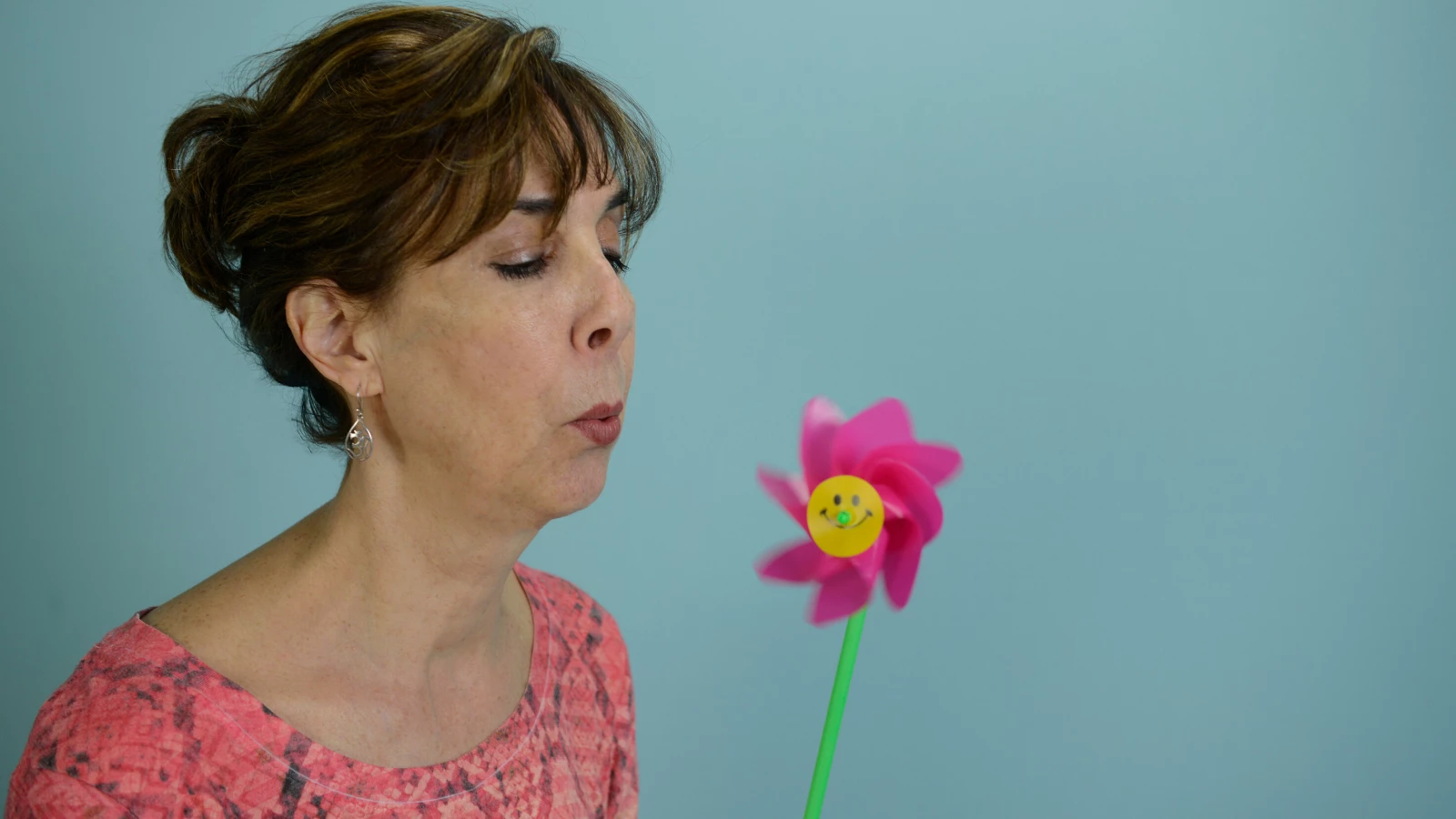
Props bring excitement to teaching children how to purse their lips and then to carefully and slowly blow out with their exhalation.
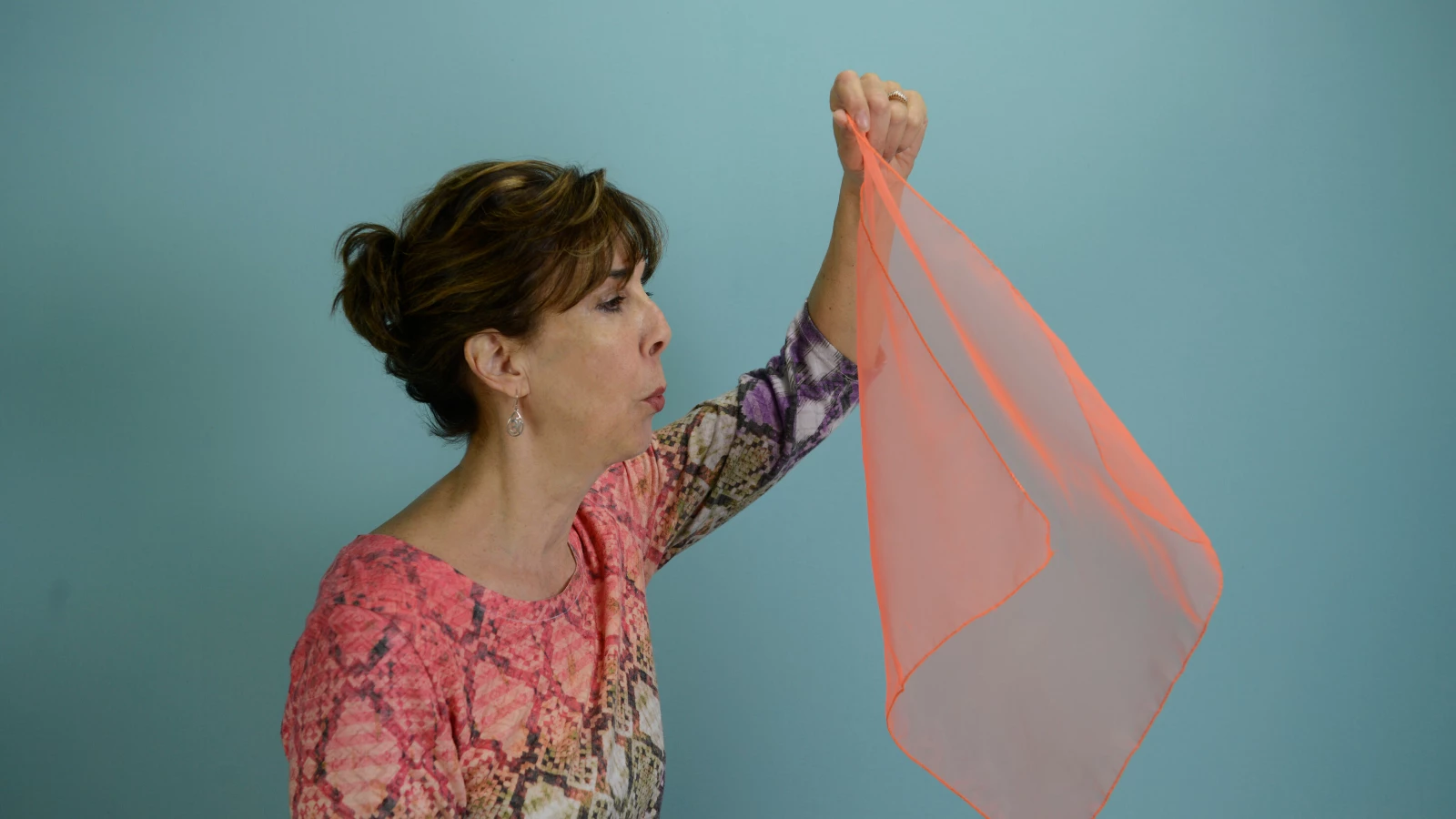
Bee Breath (Bhramari Pranayama): Using Sound to Lengthen the Exhalation
- Sitting tall, take a deep inhalation.
- On the exhalation, keep the lips together and make the “mmmm” sound like a humming bee.
- There is also an option to gently press the fingers in against the tragus, the cartilage on the cheek side of each ear, to block external sound.
Shape Breath: Using a Rectangle, Square, Star, Hexagon or Triangle to Regulate the Breath
- Select a shape and begin with an index finger pointing at one corner.
- Inhale and trace the shape to the next corner. Stop there.
- Exhale and trace to the next corner.
- Continue until returning to your starting point.
- An option then is to trace in the opposite direction.
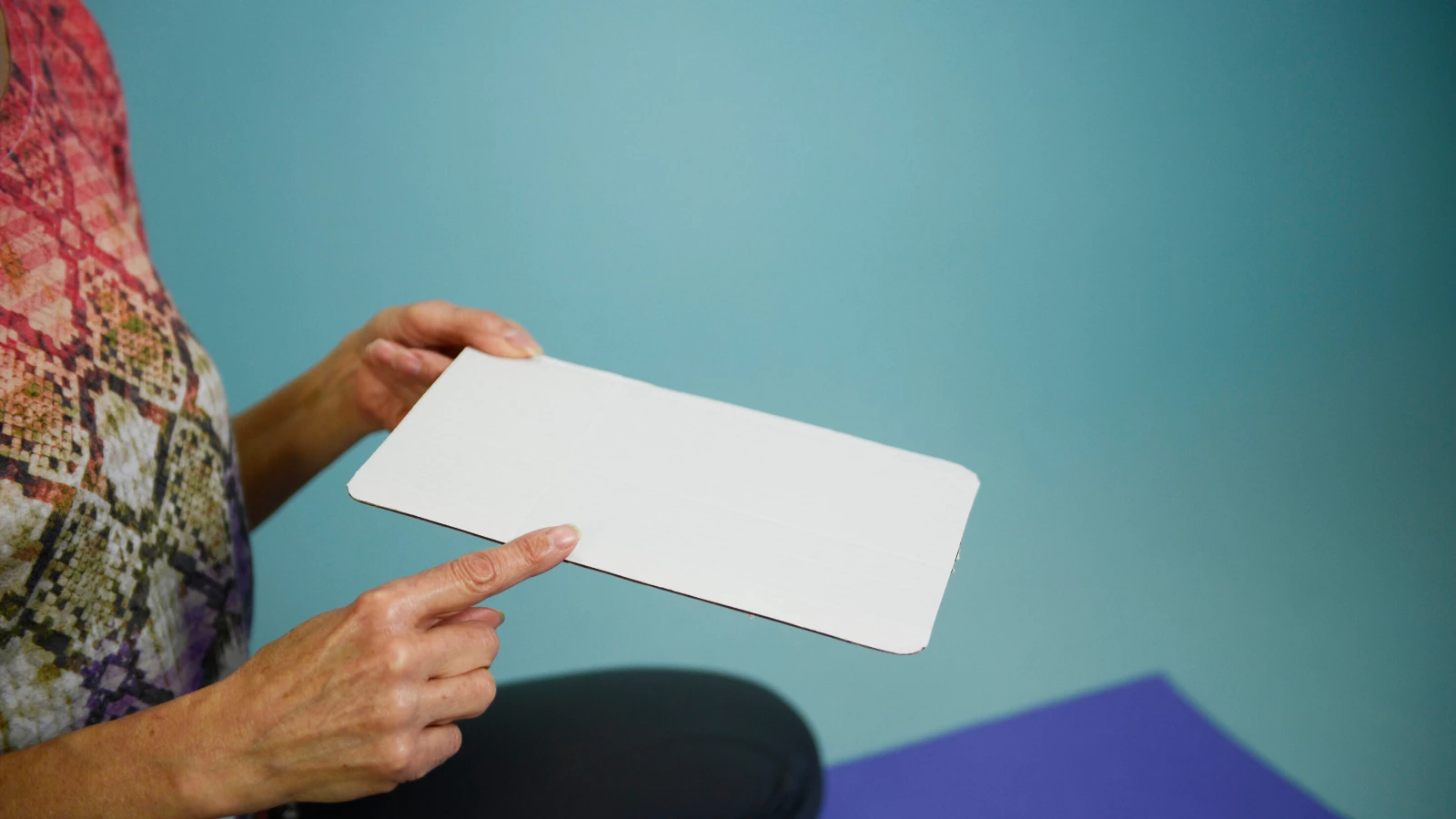
I like to use a rectangle with the short edge for the inhalation. The long edge beautifully creates an automatically lengthened exhalation.
Drawing Breath: Drawing or Tracing Lines, Coordinated with the Breath
One version of “drawing breath” utilizes a piece of paper and a pencil, crayon, or marker.
- On the inhalation, draw a line in one direction.
- On the exhalation, go back, ultimately creating a zig-zag line. Try to make the exhalation line longer than the inhalation line.
The other version of this technique is to hold one hand, palm up.
- Using the index finger of the other hand, touch it to the base of the pinkie finger of the palm-up hand.
- Inhale and trace the pinkie to its tip.
- Exhale and trace the pinkie back to its base.
- Inhale and trace the ring finger to its tip.
- Exhale and trace back to the base.
- Continue until you complete tracing the thumb. Either stop there or resume going in the opposite direction.
Rainbow Breath or Sun Breath: Coordinating Arm Movement with the Breath
- Sit tall, arms by your sides, and gaze forward.
- On your inhalation, lift the arms overhead, touching fingers like a rainbow or the sun.
- On your exhalation, release the arms back down by your sides.
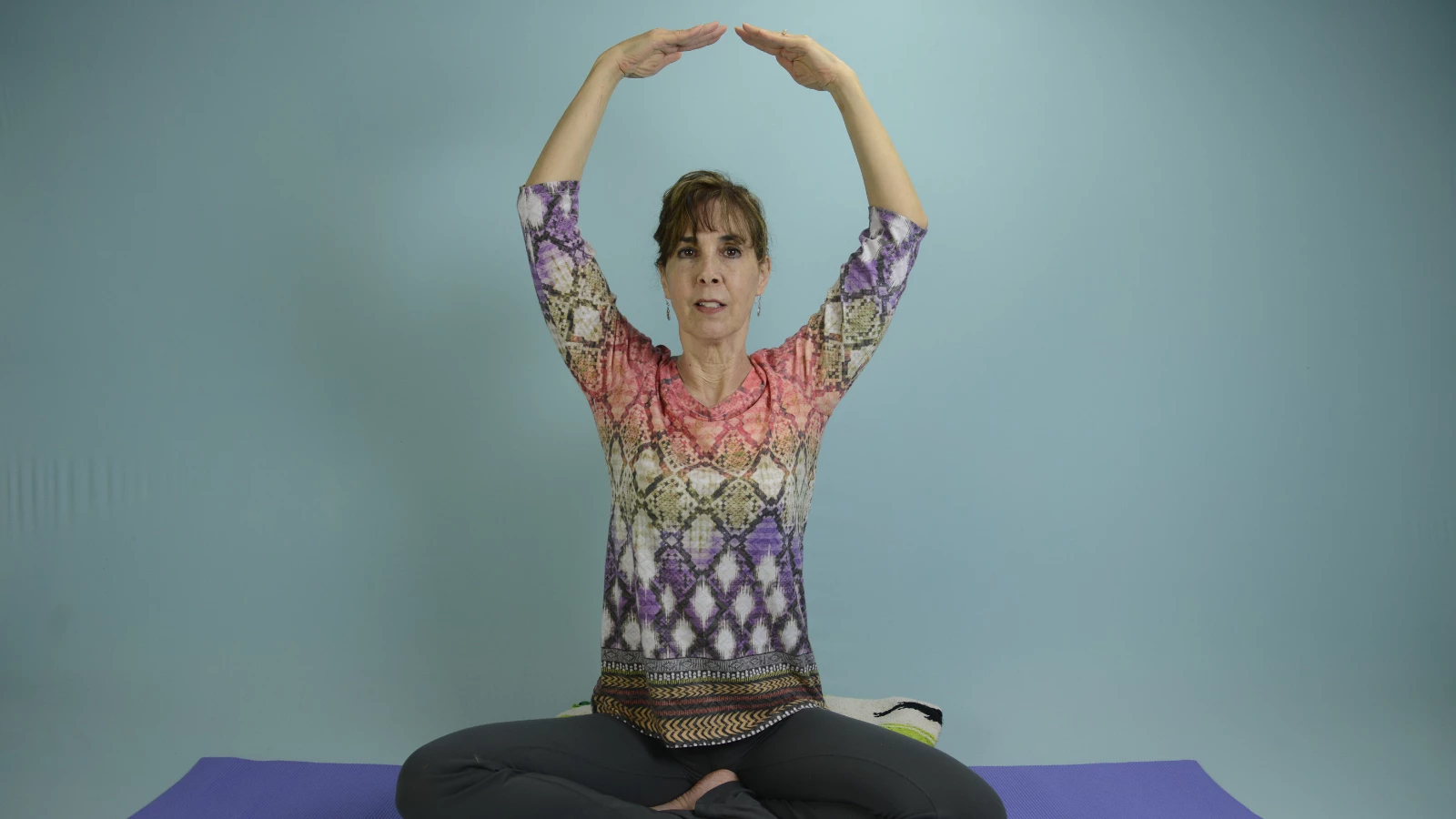
An option is to add a count as you lift and lower the arms. Try to progressively make the exhalation count longer than the inhalation count.
Breathing Ball: Breathing with a Hoberman Sphere
Children love to breathe with this sphere.
- On the inhalation, the sphere is opened.
- On the exhalation, the sphere is closed.
- If you don’t have a sphere, use your hands to open and close to your breath.
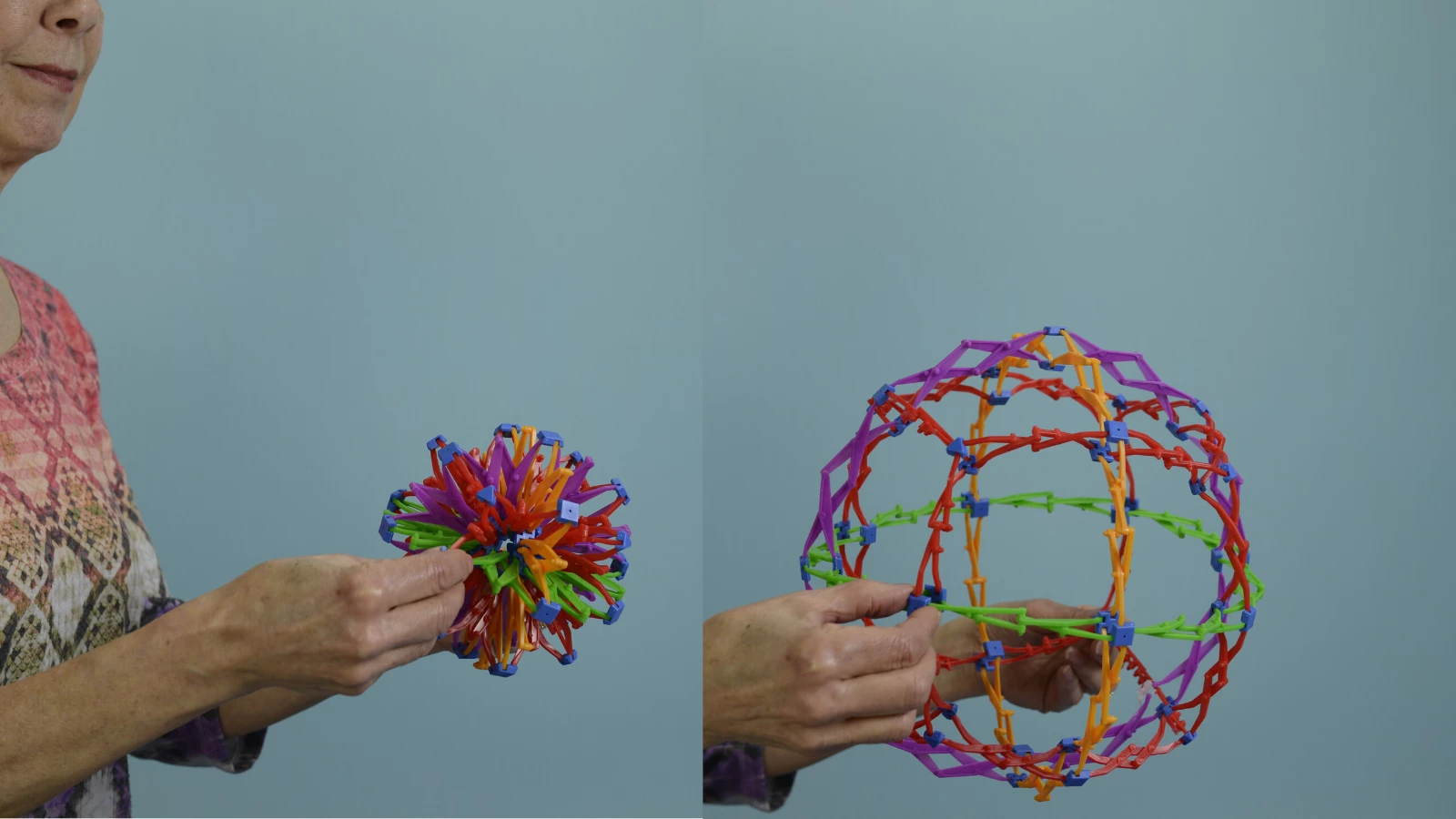
Flower Breath: Use Your Hands to Count
- Hold one hand with the palm facing you.
- As you inhale, close each finger in one at a time, counting to five and making a gentle fist.
- With a slow exhalation, open each finger out wide again.
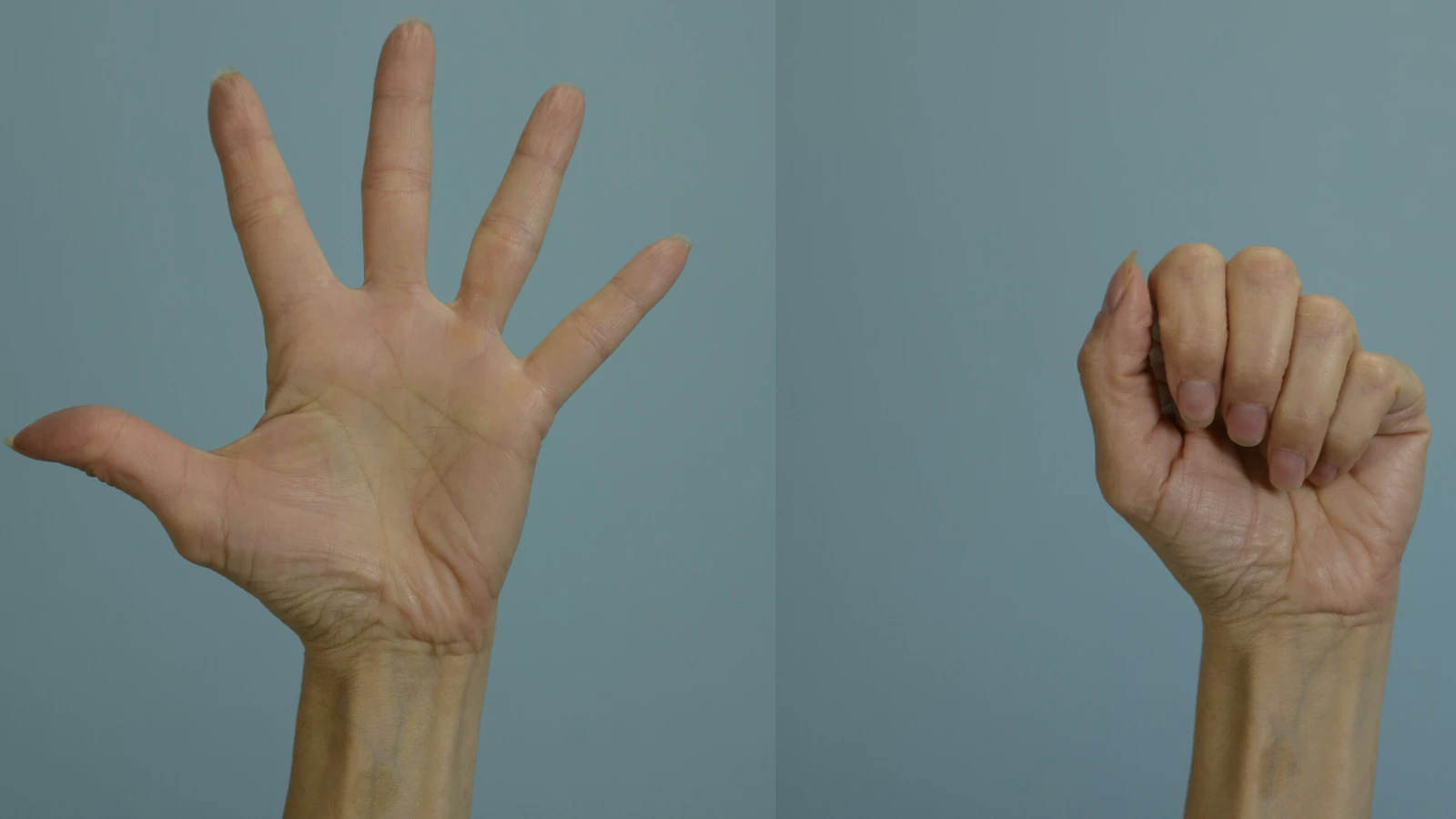
Blowing a Feather or a Piece of Paper: Deep Breathing, Movement and Regrouping
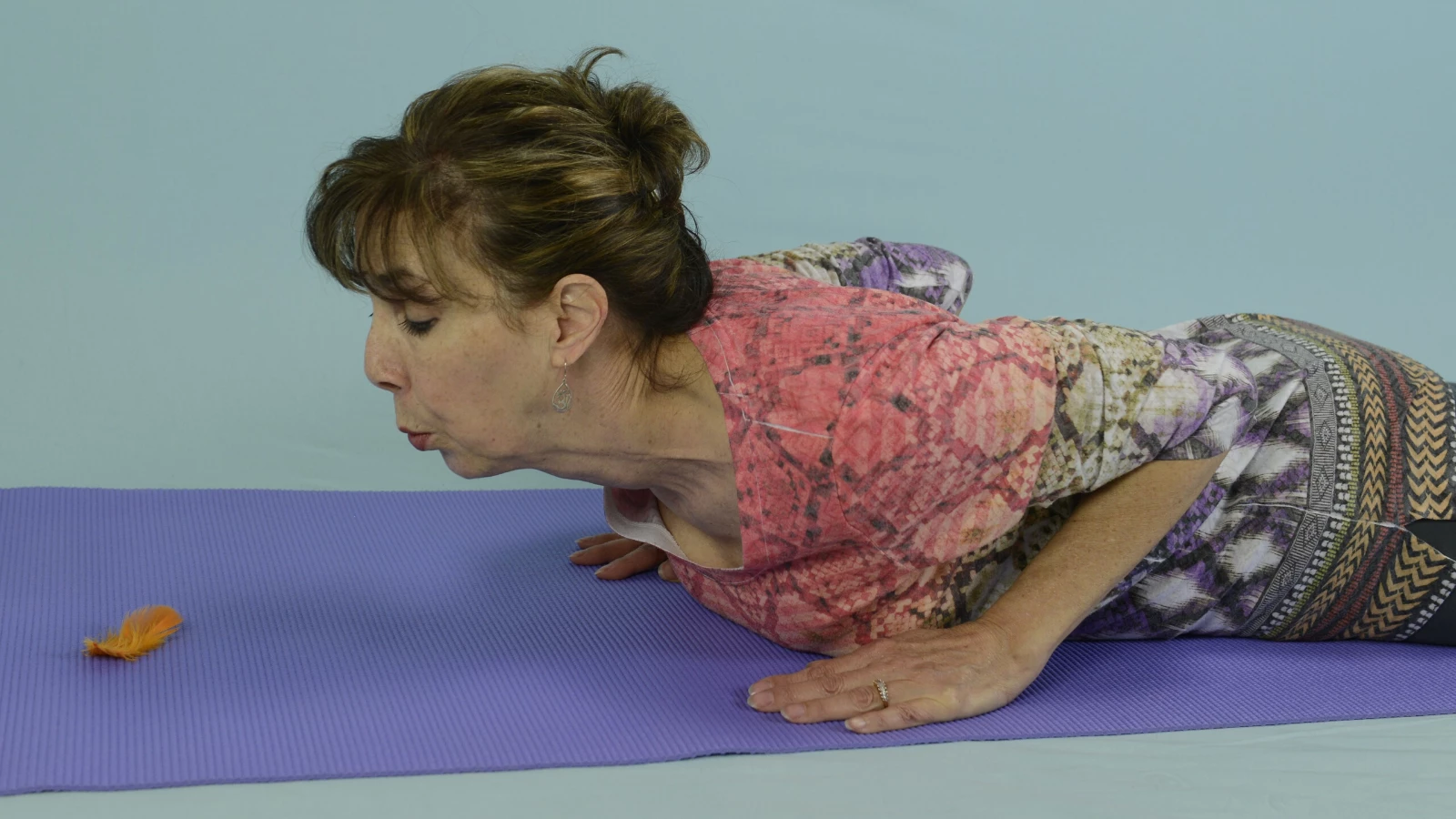
- Lying on your belly, place a feather or piece of paper on the floor.
- Take a deep inhalation.
- On the exhalation, with pursed lips, slowly blow the item forward.
- Move to where it landed.
- Regroup back on the belly to blow again.
Deep Belly/Balloon Breath: Enlist a Breathing Buddy
This technique helps children take a deeper breath over upper chest breathing.
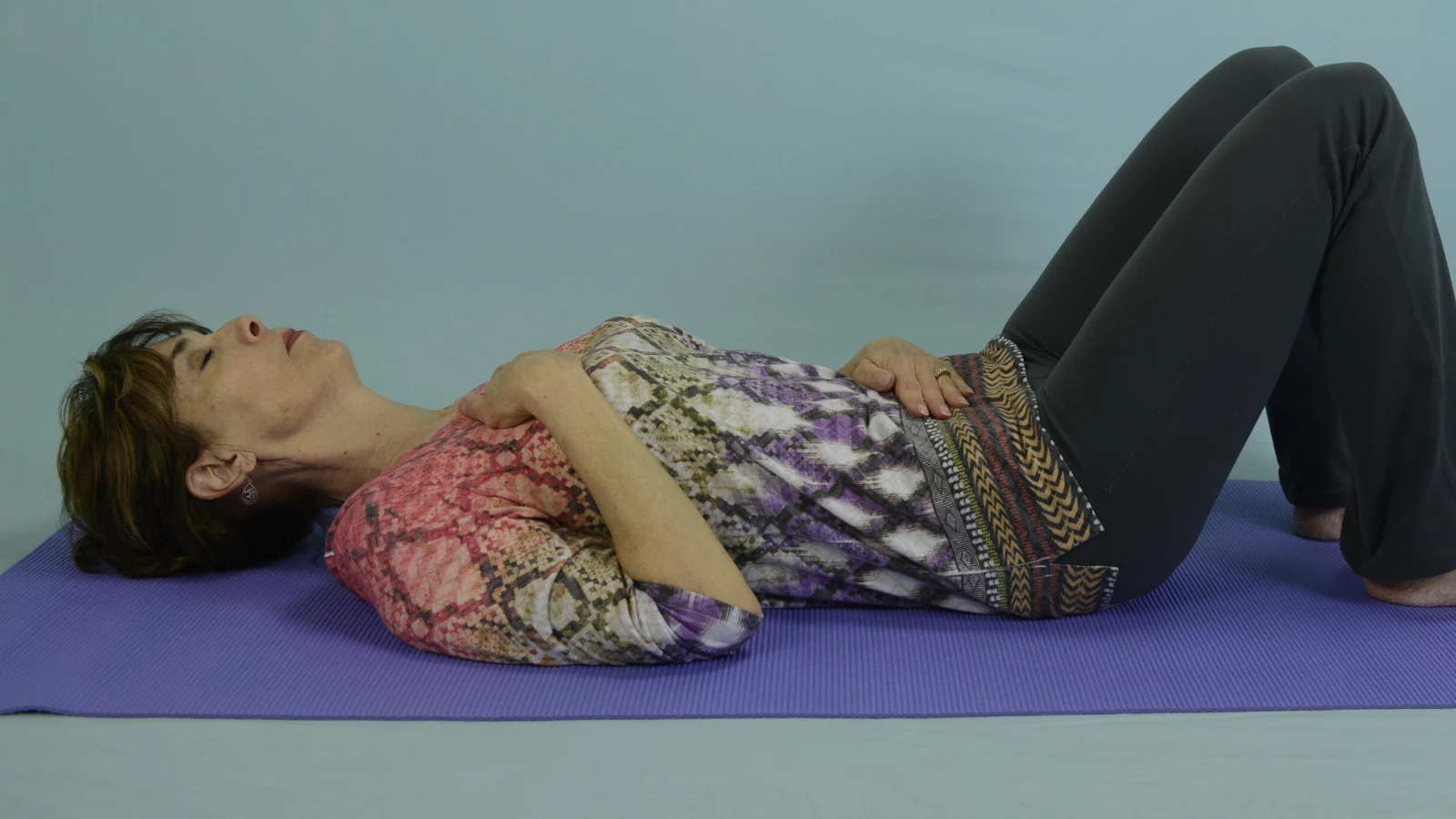
- Seated or lying, place one hand on your chest and the other hand on your low belly.
- With each deep inhalation through the nose, feel the belly rise, like a balloon.
- With each relaxed exhalation, feel the belly release back down, like a deflating balloon.
- Children like to select a favorite toy to rest on their belly as a “breathing buddy.” They enjoy seeing the toy rise and fall with the breath as if they were taking the toy for a ride.
- With belly breath, we are not consciously pushing our abdomen out with the inhalation. As we take a deep inhalation, the lungs expand as the muscle of breath, our diaphragm, descends, and presses against the abdominal contents. This causes the expansion outward of the abdomen.
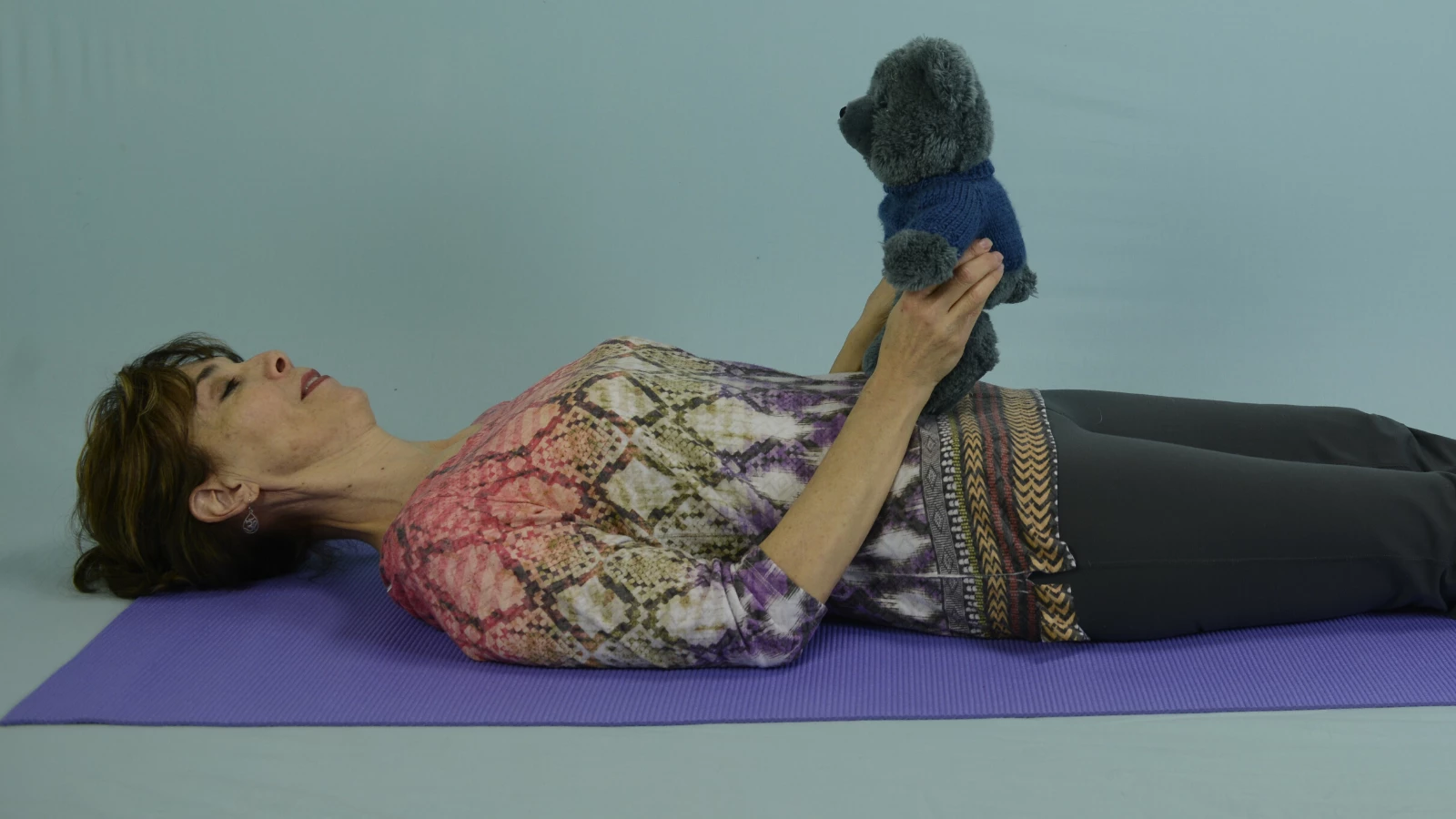
REMINDER: The normal respiratory rate for toddlers, preschoolers, and elementary-aged children is much different than the adult rate of 12-20 breaths per minute.
- A child of 1-2 years may breathe 24-40 breaths per minute.
- A child of 3-5 years may breathe 22-34 breaths per minute.
- A child aged 6-12 years may breathe 18-30 breaths per minute.
Susan Kain is a Registered Children’s Yoga Teacher and Yoga Alliance Continuing Education Provider. An educator for over 30 years, she has been teaching yoga since 2001. Susan is also the author of three children’s books, I Can Be One Too! A Child’s Book of Yoga Poses, iLo Puedo Ser Tambien! and We Can Be One Too!




